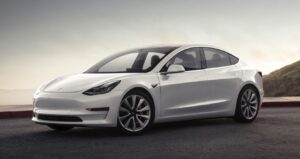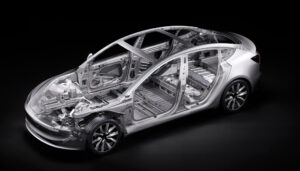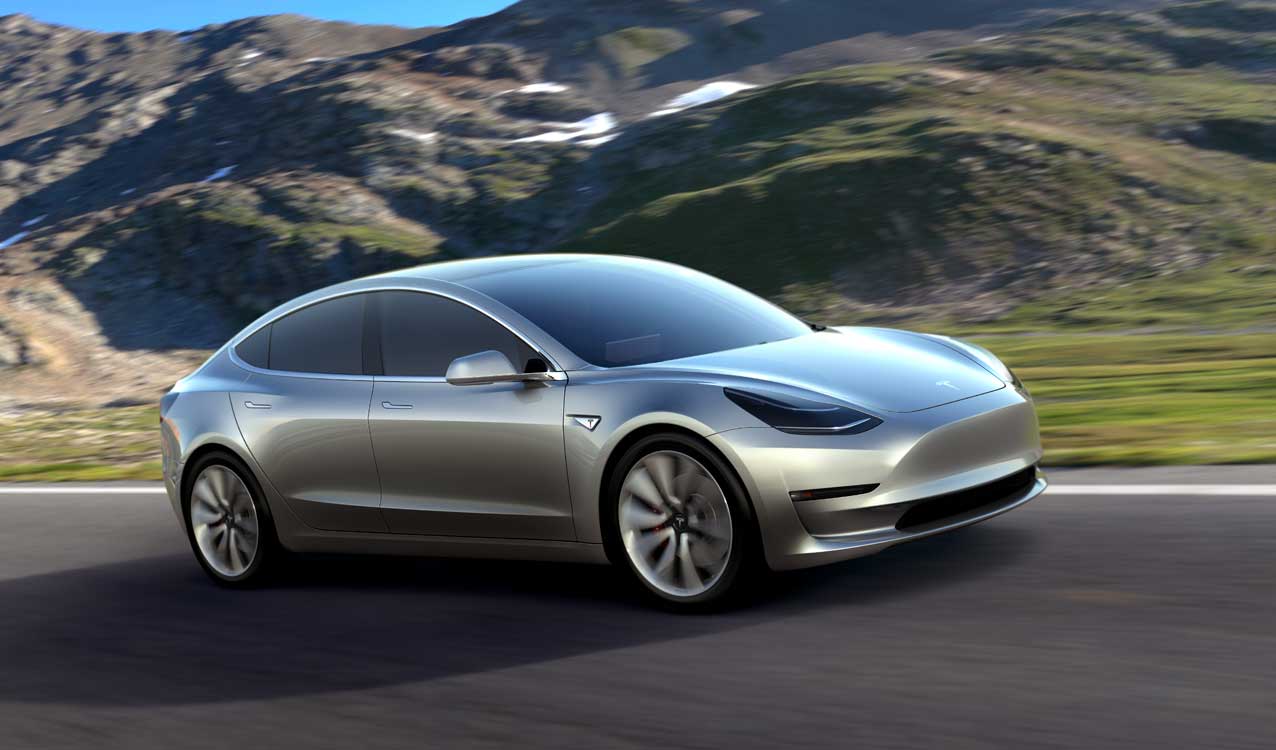Understanding the Tesla Model y. The Tesla Model y has indeed revolutionized the automotive market since its launch, quickly becoming one of the best-selling electric vehicles globally. With its cutting-edge technology, impressive performance, and growing demand, the Model y symbolizes a significant shift towards sustainable transportation. This essay presents a comprehensive look at the Tesla Model y, discussing its history, design, performance, features, safety, and the evolving electric vehicle landscape.

The vision for the Tesla Model y can be traced back to 2006 when CEO Elon Musk announced his intention to create an affordable electric vehicle for the mass market (Tesla Model y: History, Technical Innovations and Global Success, n.d.). Officially unveiled in 2016, the Model y aimed to broaden Tesla’s reach by offering a more budget-friendly option, appealing primarily to middle and upper-middle-class families (Enrique Dans, 2018). The Model y’s successful pre-order campaign demonstrated the high consumer interest, garnering over 325,000 reservations within a week after its unveiling (Tesla Model y: History, Technical Innovations and Global Success, n.d.).
Tesla Model y: Design and Features

One of the most striking aspects of the Tesla Model y is its sleek and minimalist design, which represents Tesla’s branding. From its aerodynamic profile to the elegantly simplistic interior dominated by a central touchscreen interface, the Model y embodies modern aesthetics in automotive design (TESLA Model y Models/Series Timeline, Specifications & Photos, 2023).
The Model y offers various configurations, notably the Standard Range Plus, Long Range, and Performance models. Each variant has distinct features tailored to different driver needs. For instance, the Long Range model provides an estimated range of up to 353 miles on a single charge, while the Performance version can accelerate from 0 to 60 mph in an astonishing 3.1 seconds (Model y Performance | Tesla, n.d.).
The technology embedded in the Model y certainly sets it apart in the electric vehicle market. Utilizing an extensive network of sensors, the Model y supports Tesla’s Autopilot system, allowing for semi-autonomous driving capabilities (Autopilot Features – Tesla, n.d.). Tesla’s software enables over-the-air updates, ensuring that each vehicle continues to evolve and improve long after purchase (EV Outlet, n.d.).
Tesla Model y: Performance and Battery Technology

Performance is where the Tesla Model y truly excels. Customers can choose from multiple driving configurations that suit their preferences. The Performance variant of the Model y boasts an impressive electric motor that propels it from 0 to 60 mph in about 3.1 seconds, placing it among the fastest electric sedans available (Andrew Krok, 2024).
A defining feature of the Model y is its advanced battery technology. The Tesla Model y employs lithium-ion battery packs, which provide long-range capabilities and fast charging options. Tesla’s Supercharger network allows for rapid charging, providing up to 200 miles of range in just 15 minutes (Charging | Tesla Support, n.d.).
Moreover, the Model y has a lower center of gravity due to its battery placement, resulting in better handling and ride comfort compared to traditional combustion vehicles (EV Outlet, n.d.).
Tesla Model y: Safety Ratings and Features
Safety remains a cornerstone of the Tesla Model y’s appeal. The vehicle has received high safety ratings from various organizations, including the National Highway Traffic Safety Administration (NHTSA) and the Insurance Institute for Highway Safety (IIHS) (2023 Tesla Model y – IIHS, n.d.). These organizations praise the Model y for its robust built features and advanced driver assistance technologies.
Standard safety features include automatic emergency braking, lane departure warnings, and side collision protection (Tesla, n.d.). Tesla’s commitment to safety is evident in the Model y’s design, which incorporates a rigid passenger compartment and strategically placed crumple zones designed to absorb collision energy (2024 Tesla Model y – IIHS, n.d.).
FAQs about the Tesla Model y:
How far can the Tesla Model y go on a single charge?
The range varies by model. The Standard Range Plus offers approximately 263 miles, while the Long Range can reach up to 353 miles (Kelley Blue Book, n.d.).
What is the price of the Tesla Model y?
As of December 2024, the price ranges from approximately $40,380 for the base model to around $54,490 for the Performance variant, depending on the selected options and configurations (Kelley Blue Book, n.d.).
How long does it take to charge the Tesla Model y?
Charging times vary based on the charger type. Using a Supercharger, the Model y can recharge to 80% in about 25-30 minutes (Tesla Model y Charging Time, Range, and Cost – EVBox, n.d.). Charging at home using a standard outlet can take up to 8-10 hours for a full charge.
How does the Model y compare to its competitors?
The Tesla Model y competes strongly against vehicles like the Ford Mustang Mach-E, Hyundai Iconiq 5, BMW i4, and Volkswagen ID.4, often praised for its superior range and performance (2024 Tesla Model y Alternatives – US News Cars, n.d.).
What are Tesla’s sustainability practices regarding battery recycling?
Tesla is committed to sustainability, ensuring that none of their scrapped lithium-ion batteries go to landfills, as 100% are recycled (Battery Recycling | Tesla Support, n.d.).
Recent Trends and News:
As of 2024, the electric vehicle industry is witnessing rapid growth, with several critical advancements influencing the trajectory of the Tesla Model y. Notably, consumer demand for electric vehicles continues to increase, highlighting a shift in public perception towards more sustainable transportation options (Tesla’s Carbon Footprint Is Finally Coming into Focus, and It’s Bigger …, 2023). Additionally, recent news suggests that Tesla is keeping pace with technological advancements, possibly integrating new features to enhance performance and driving experience further (2023 Tesla Model y – IIHS, n.d.).
Moreover, safety and driver-assistance technologies have come under scrutiny recently. With increased attention on Tesla’s Full Self-Driving (FSD) capabilities, regulatory agencies have begun reviewing the system’s performance under various driving conditions (Tyson Fisher, 2024). In response, Tesla aims to refine its systems and address safety concerns continuously.
Conclusion:

In conclusion, the Tesla Model y stands as a paragon of innovation in the automotive industry. With its impressive design, performance, and safety attributes, it is not just a car; it represents a broader shift towards sustainable, electric transportation. As technology continues to evolve and the electric vehicle market expands, Tesla’s commitment to performance, user satisfaction, and environmental stewardship solidifies its position as a leader in the electric vehicle revolution. The road ahead for the Model y and Tesla appears replete with opportunities for growth, innovation, and enduring impact on global transportation practices.
As trends indicate, consumers are increasingly prioritizing sustainability, and with the continuous cultivation of cutting-edge technology and consumer-oriented advancements, the Tesla Model 3 is poised to remain at the forefront of this evolution.


